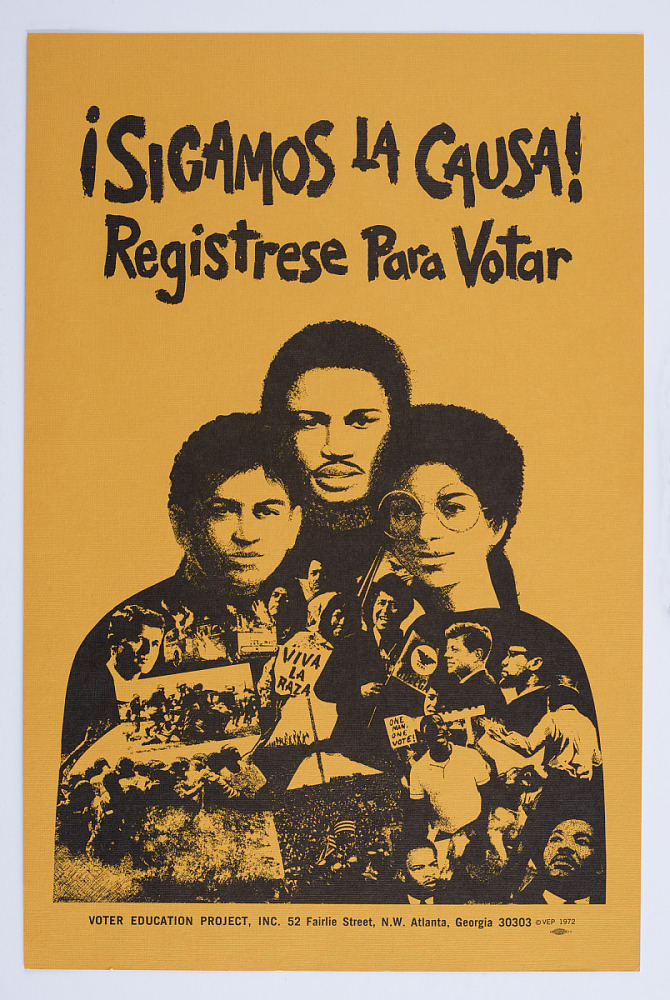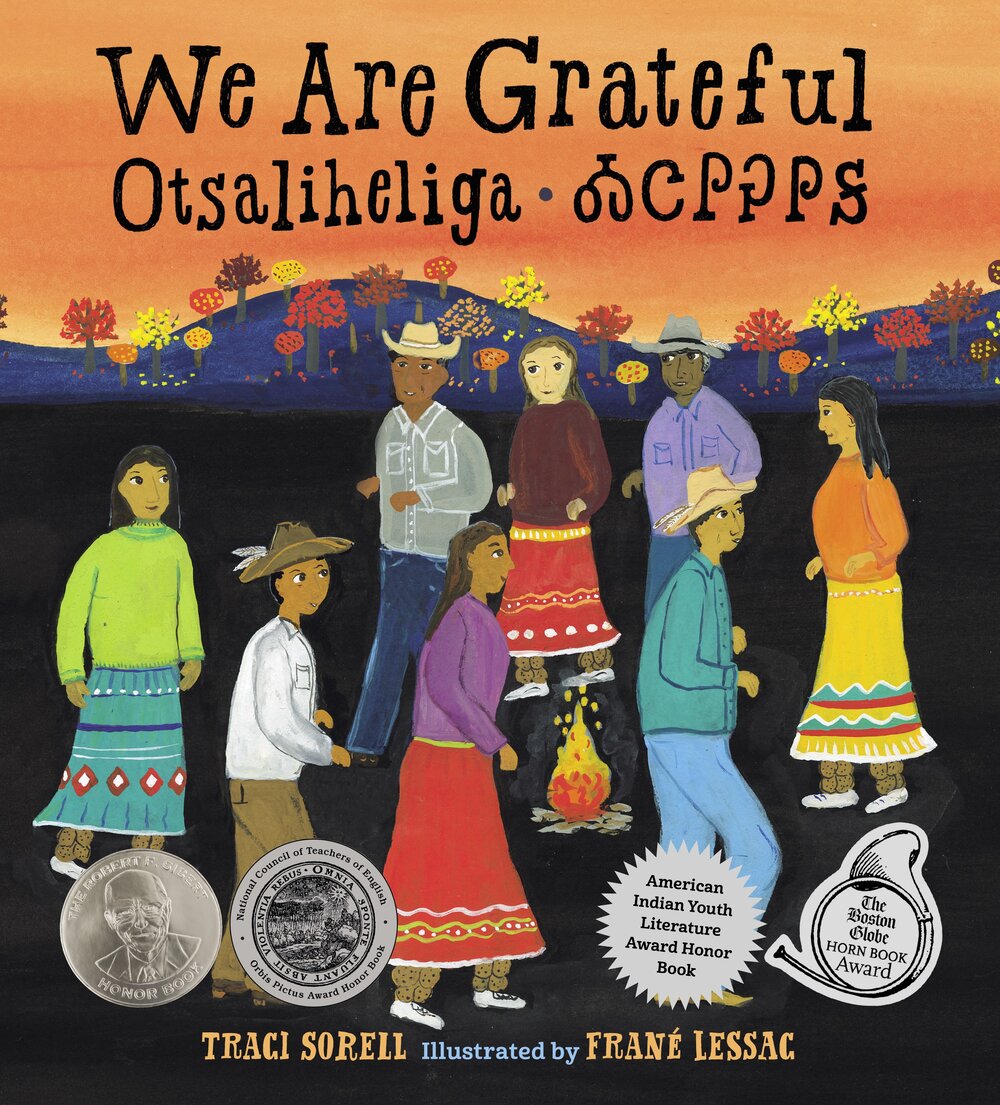As COVID-19 deaths spiked in 2020, Suzanne Firstenberg’s public art installation "In America: How could this happen…"
History Explorer Results (1131)
Related Books (350)

Grade Range:
K-12
Resource Type(s):
Reviewed Websites
Date Posted:
4/25/2013
This searchable site from Thinkport/Maryland Public Television offers lesson plans and interactives on the War of 1812 from the National Park Service, Star-Spangled Banner Flag House, and related historic sites.

Grade Range:
K-12
Resource Type(s):
Artifacts, Primary Sources
Date Posted:
9/17/2010
"I want to talk for a few minutes with the people of the United States about banking." So began on March 12, 1933, the first of about thirty informal "Fireside Chat" addresses that President Franklin D. Roosevelt would deliver over the radio. His ability to communicate over this new medium direct

Grade Range:
Resource Type(s):
Reference Materials
Date Posted:
3/10/2016
The Museum’s Textile Collection contains over four thousand patent models. The collection includes many examples of carding machines, spinning machines, knitting machines, rope making machines, looms, baskets, carpets, fabrics, and sewing machines. Even the simple clothespin is well represented

Grade Range:
Resource Type(s):
Artifacts
Date Posted:
3/22/2018
This 1960s organizing pamphlet from the Congress of Racial Equality (CORE) asks, “Where is Democracy?” Behind this question was a demand for equal representation for all who have felt excluded or marginalized by the electoral process and political institutions.


Grade Range:
6-12
Resource Type(s):
Artifacts, Primary Sources
Date Posted:
9/3/2020
Voting Education Project (VEP) raised and distributed foundation funds to civil rights organizations for voter education and registration work in the southern United States from 1962 to 1992. This was part of a shift away from demonstrations and into elections.

Grade Range:
8-12
Resource Type(s):
Reference Materials
Date Posted:
9/4/2020
“Wartime often catalyzes developments in philanthropy. In 2017, the museum added the Bowl of Rice party banner, from fundraising efforts to aid people in China during the Second Sino-Japanese War, to its collection. Curator Theodore S. Gonzalves, a scholar of Asian American history, answered three

Grade Range:
K-12
Resource Type(s):
Reference Materials, Interactives & Media
Date Posted:
10/21/2020
Girlhood (It’s complicated) commemorates the anniversary of woman suffrage by exploring the concept of girlhood in the United States, but also how girls changed history in five areas: politics, education, work, health, and fashion. We argue that girlhood has an unexpected and complicated history a

Grade Range:
8-12
Resource Type(s):
Reference Materials
Date Posted:
8/12/2021
“Lin-Manuel Miranda's award-winning Broadway hit Hamilton: An American Musical turned international attention to the story of founding leader Alexander Hamilton, but also sparked the public rediscovery of his wife Eliza Hamilton's philanthropy.
Hamilton dramatizes the life and death of Alexander

Grade Range:
K-12
Resource Type(s):
Artifacts, Primary Sources
Date Posted:
1/22/2009
This small piece of yellow metal is believed to be the first piece of gold discovered in 1848 at Sutter's Mill in California, launching the gold rush.
John Marshall was superintending the construction of a sawmill for Col. John Sutter on the morning of January 25, 1848, on the Sout



















